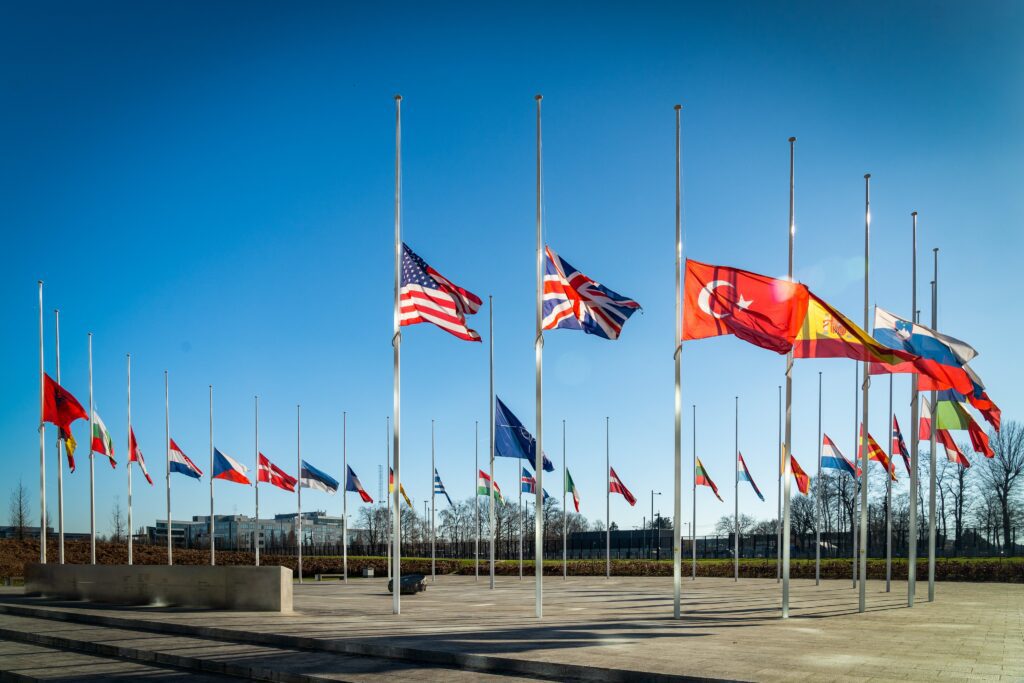In this content, we discuss NATO’s military capabilities, which are crucial for maintaining peace and security in the Euro-Atlantic area. NATO is a military alliance of 30 member countries from North America and Europe, established in 1949 to provide collective security and deter potential aggressors. The alliance’s military capabilities are anchored in the principle of collective defense, with significant investments in defense spending and advanced command and control structures. NATO is also actively modernizing its military capabilities to adapt to evolving security challenges, with a focus on cyber defense, strategic mobility, and advanced technologies. By continuously adapting and investing in modernization efforts, NATO remains a formidable force capable of upholding peace and stability in the region.
NATO’s Military Capabilities
NATO, or the North Atlantic Treaty Organization, is a military alliance comprising 30 member countries from North America and Europe. It was established in 1949 to provide collective security against the threat of Soviet expansion and to promote stability and peace in the region. Over the years, NATO has continuously evolved and adapted to new security challenges, and its military capabilities have played a crucial role in maintaining peace and security in the Euro-Atlantic area.
Assessing Strengths
NATO’s military capabilities are anchored in the principle of collective defense, where an attack against one member is considered an attack against all. This principle is enshrined in Article 5 of the NATO treaty, and it serves as a powerful deterrent against potential aggressors. In addition to the collective defense commitment, NATO member countries also invest heavily in defense spending, with a target of dedicating 2% of their GDP to defense. This has translated into a formidable military force with significant capabilities in land, air, and sea operations.
Furthermore, NATO’s military capabilities are enhanced by its advanced command and control structures, interoperability among member forces, and a robust logistics network. This allows NATO to deploy and sustain military operations effectively and efficiently, making it a formidable force in the face of security threats.
Modernization Efforts
In response to evolving security challenges, NATO has been actively pursuing modernization efforts to enhance its military capabilities. These efforts focus on adapting to new threats, integrating new technologies, and strengthening the alliance’s overall readiness and resilience.
One area of modernization is in the field of cyber defense. NATO recognizes the growing importance of cyberspace as a domain of warfare and has been investing in strengthening its cyber defense capabilities. This includes enhancing its cyber defense policy, developing cyber defense strategies, and improving cyber incident response capabilities.
Another important modernization effort is in the area of strategic mobility. NATO is working to improve its ability to rapidly deploy forces across the alliance, ensuring a swift and effective response to any emerging security threats. This involves investing in infrastructure, transport capabilities, and pre-positioning of equipment and supplies in strategic locations.
Moreover, NATO is also investing in advanced technologies such as unmanned aerial vehicles, artificial intelligence, and advanced munitions to enhance its military capabilities. These technologies not only improve the effectiveness and precision of NATO’s operations but also provide a strategic advantage in the face of evolving security threats.
Conclusion
NATO’s military capabilities are a cornerstone of the alliance’s commitment to collective defense and security. Its strengths lie in a robust and interoperable military force, backed by significant defense spending and a commitment to modernization efforts. By continuously adapting to new security challenges and investing in advanced technologies, NATO remains a formidable force capable of upholding peace and stability in the Euro-Atlantic area.
